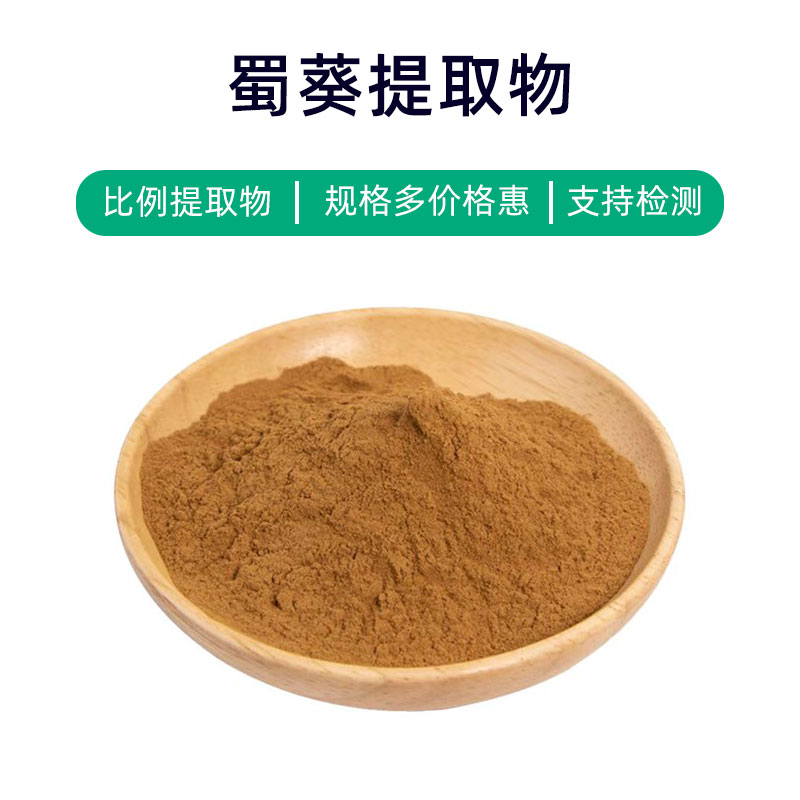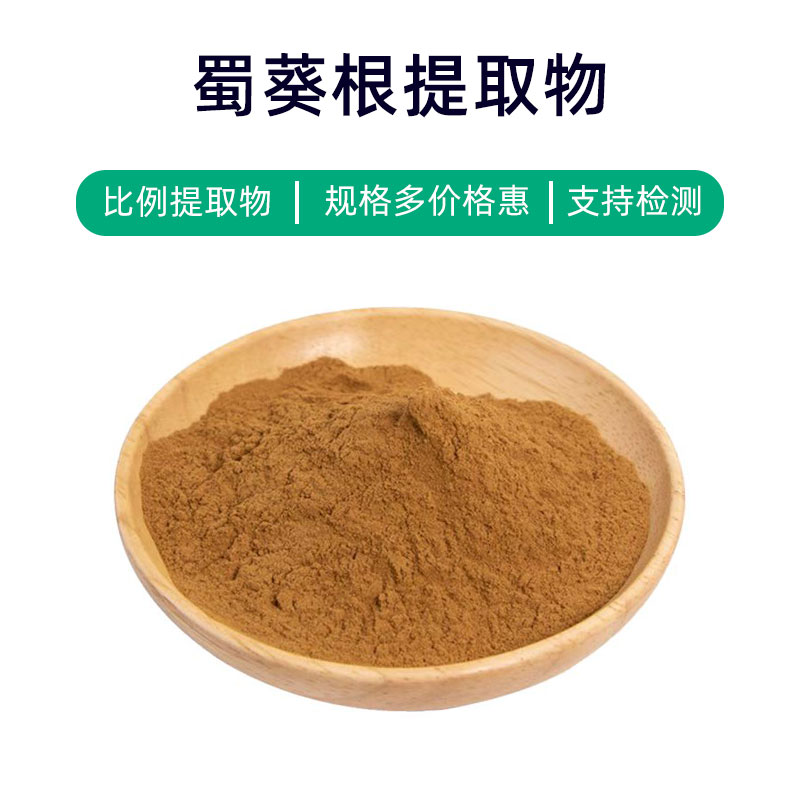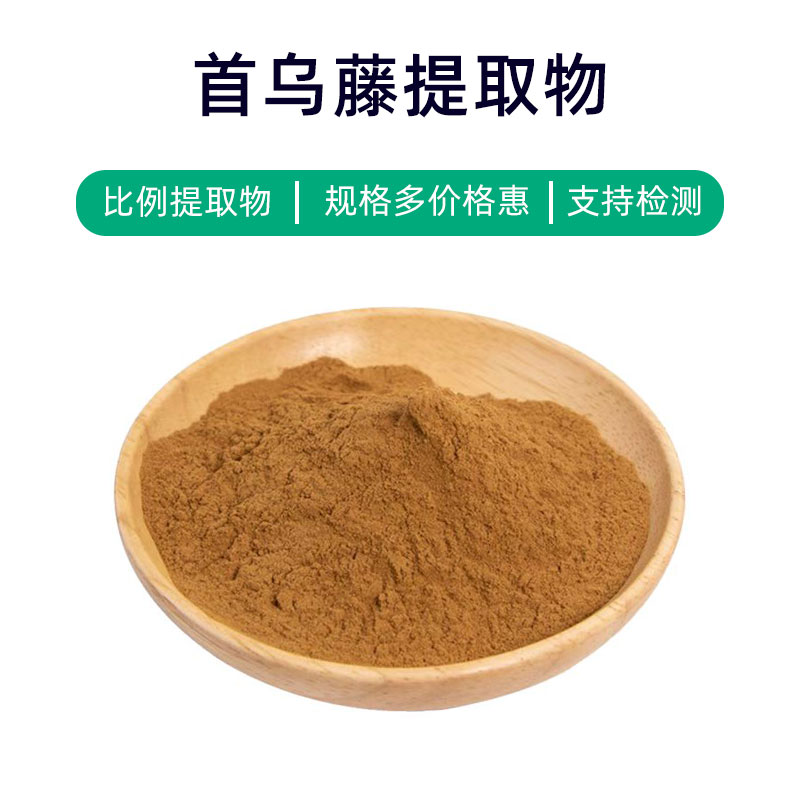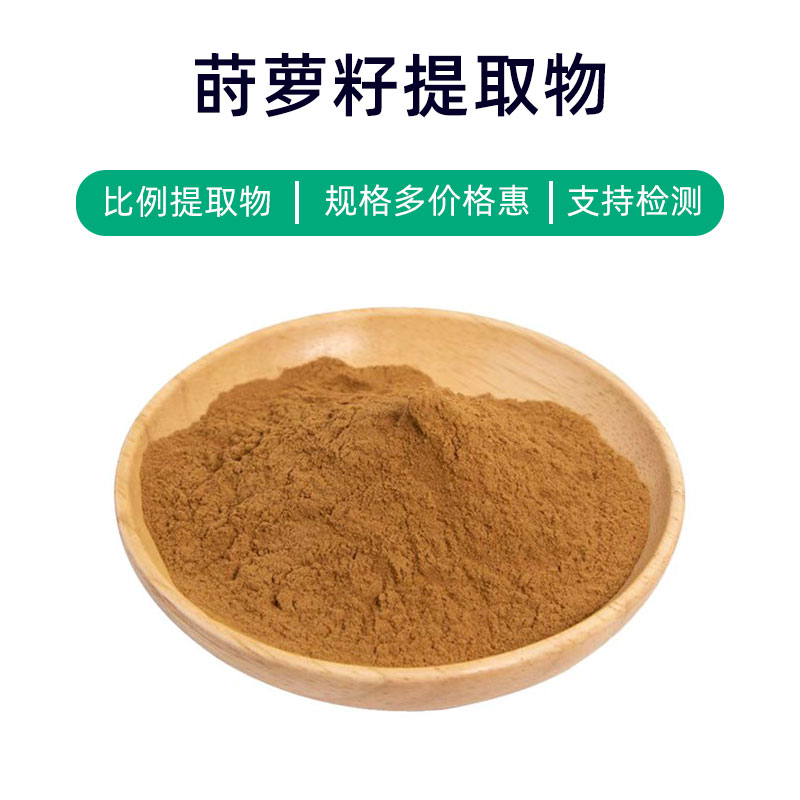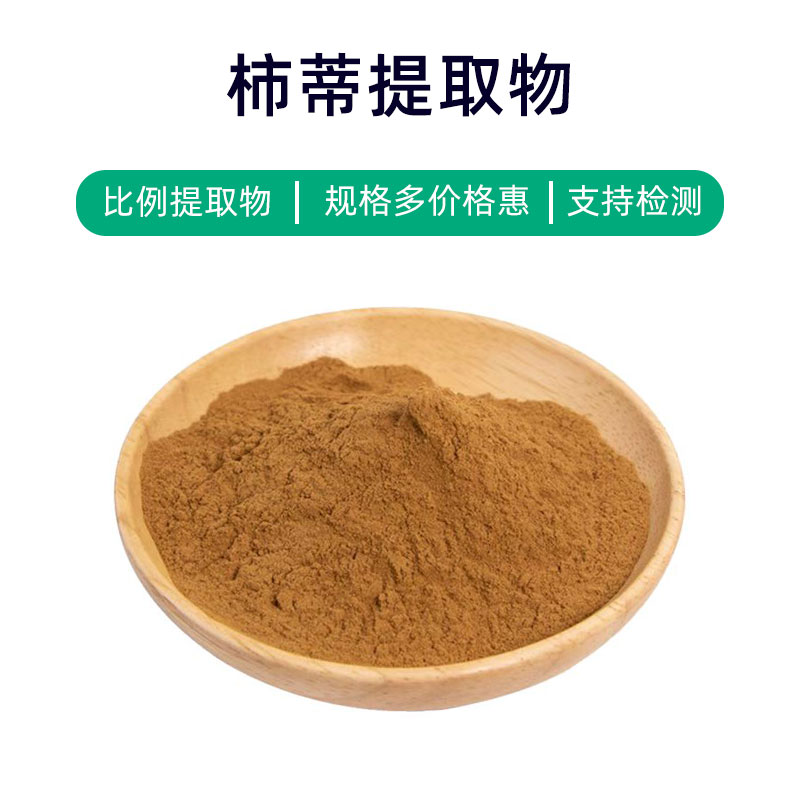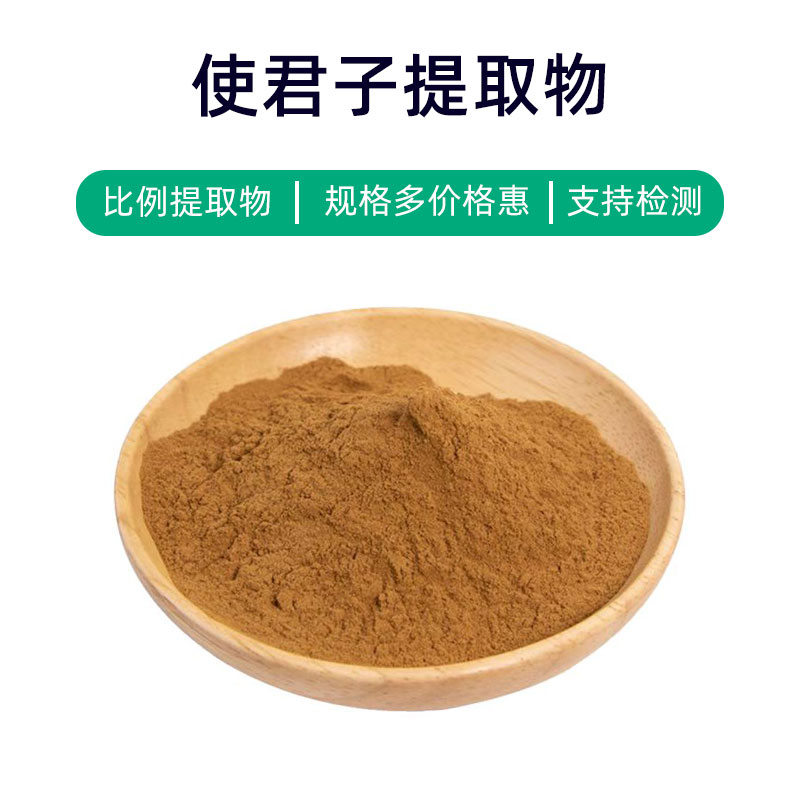Green Forsythia Extract Product Introduction
Green Forsythia Extract is a natural plant extract sourced from Forsythia suspensa. Its primary components include forsythoside, propionaldehyde, and mannitol, known for their anti-inflammatory, antibacterial, and antioxidant effects. This extract has broad applications in the fields of medicine, dietary supplements, and cosmetics. In medicine, it is often used in traditional Chinese medicine formulations to clear heat and detoxify, reduce swelling, and relieve pain, making it useful for treating colds and throat inflammation. In dietary supplements, it helps enhance immunity and regulate the internal environment. Additionally, it is commonly included in cosmetics for its antioxidant, anti-aging, and skin-soothing properties, frequently found in skincare products and masks.
Green Forsythia Extract Production Process
The production process of Green Forsythia Extract typically includes the following steps:
- Raw Material Collection and Preparation: Select fresh Forsythia suspensa plants, collect them, and perform initial processing to remove impurities and undesirable parts.
- Crushing and Grinding: The processed Forsythia plants are crushed and ground to increase extraction efficiency and surface area.
- Extraction Process: Appropriate solvents (such as ethanol or water) are used to soak, heat, and stir the crushed Forsythia to dissolve the active components into the extract.
- Filtration and Concentration: The resulting liquid from extraction is filtered to remove solid impurities, followed by evaporation or vacuum concentration to eliminate the solvent and obtain concentrated extract.
- Purification and Separation: The concentrated extract undergoes purification, including precipitation, crystallization, and separation to remove unwanted components and improve product purity.
- Drying: The purified extract is dried using methods such as spray drying or vacuum drying to reduce moisture content and enhance stability.
- Packaging and Storage: After drying, the extract is packaged, commonly in bags or bottles, and stored in a cool, dry, and ventilated environment, avoiding direct sunlight and high humidity to maintain quality and stability.
- Quality Control: Strict quality control measures are implemented throughout the production process, including monitoring and testing at various stages to ensure the product meets relevant standards and regulations.
Green Forsythia Extract Benefits and Side Effects
As an herbal extract, Green Forsythia has been widely studied in traditional and modern medicine, demonstrating various benefits and effects. Here are the main benefits:
- Anti-inflammatory Effects: It contains abundant bioactive components that can inhibit internal inflammatory responses, alleviating discomfort and pain associated with inflammation.
- Antioxidant Effects: Rich in natural antioxidants such as flavonoids and polyphenols, it neutralizes free radicals, slows cellular aging, and protects cells from oxidative damage.
- Immune Modulation: It has immune-boosting properties, enhancing the body's immunity and resistance, reducing the incidence of infections and diseases.
- Antibacterial Effects: Active components in the extract exhibit antibacterial properties, which can be helpful in treating skin diseases caused by bacterial and fungal infections.
- Blood Sugar Regulation: Some components have been shown to lower blood sugar levels, providing support for metabolic diseases like diabetes.
- Improving Circulation: It promotes blood circulation, improves microcirculation, and reduces blood viscosity, lowering the risk of cardiovascular diseases.
- Anti-allergic Effects: Certain components possess anti-allergic properties that can relieve allergic reactions and symptoms of allergic diseases.
- Dampness Invigorating and Diuretic Effects: It can help treat symptoms of eczema and edema by expelling excess moisture from the body.
Despite its numerous benefits, caution is advised during use to avoid excessive consumption and potential adverse reactions. Special populations, such as pregnant women, nursing mothers, and children, should consult healthcare professionals before use. If adverse reactions occur, discontinue use and seek medical attention immediately.
Green Forsythia Extract Application Scenarios and Dosage
Green Forsythia Extract has several applications in medicine, food, and cosmetics, with the following dosage recommendations:
- Medical Applications:
- Usage: Commonly used in traditional Chinese medicine formulations, it can be a single herb or part of a compound formula. Methods of use include oral, topical, decoction, or infusion.
- Dosage: Typical oral dosage is 3-6 grams per time, taken 2-3 times daily. For topical use, dosage varies and typically involves applying an appropriate amount to the affected area.
- Food Applications:
- Usage: It can function as a food additive to enhance taste and health benefits. Common application methods include direct addition to foods or incorporation into extracts used in food.
- Dosage: The quantity added to food should be determined based on food type and production methods, adhering to national standards to ensure safe usage.
- Cosmetic Applications:
- Usage: Found in skincare products, shampoos, and body washes, it contributes to refreshing, anti-inflammatory, and regulating benefits.
- Dosage: The inclusion rate in cosmetics is generally recommended at 0.5%-5%, with specific amounts adjusted based on individual product formulations.
Green Forsythia Extract's medicinal uses center on its anti-inflammatory, antibacterial, and antioxidant effects for treating skin inflammation and respiratory infections; its food applications aim to enhance nutritional value and health benefits; and in cosmetics, it focuses on skincare and improving skin condition. The dosage and form should be chosen based on specific circumstances, ensuring quality and safety.
Green Forsythia Plant Source Introduction, Distribution, and Growing Environment
Forsythia (scientific name: Dendropanax dentiger) is a common shade-loving plant from the Araliaceae family, with the following details about its source, distribution, and growing environment:
- Source Plant Introduction:
- Forsythia is a deciduous shrub or small tree that can grow 3-10 meters tall, with dark gray bark and slightly cylindrical branches featuring distinct rings and small pores.
- The leaves are palmate compound leaves, generally consisting of 7-11 leaflets, serrated at the edges, with long petioles and prominent veins, displaying a bright green color.
- Distribution:
- It is primarily found in southern China, including Yunnan, Guizhou, Guangxi, and Guangdong, as well as in Southeast Asian countries like Vietnam, Laos, and Thailand.
- This plant typically grows in mountainous areas, along streams, forest edges, or humid valleys at altitudes of 800-2200 meters.
- Growing Environment:
- Preferred Habitat: Forsythia thrives in shady, semi-humid forest undergrowth or damp valley locations.
- Climate Conditions: It prefers warm, humid climates and is sensitive to temperature and humidity, ideally suited for subtropical to tropical humid climates.
- Soil Requirements: Prefers fertile, well-drained acidic soils, particularly sandy loam and calcareous soils.
- Growth Habits:
- Growth Rate: Forsythia has a moderate growth rate, neither too rapid nor too slow.
- Growth Characteristics: As a shade-loving plant, it grows in humid forest environments and is sensitive to sunlight and dry conditions.
- Reproduction: Forsythia reproduces through seeds and can also be propagated by cuttings or division. Seeds require a longer time to germinate and mature into fully developed plants.
Overall, Forsythia is a shade-loving shrub or small tree primarily distributed in southern China and Southeast Asian countries, favoring growth in semi-humid mountain undergrowth or damp valleys, with certain temperature and humidity requirements, ideally thriving in subtropical to tropical humid climates.
Green Forsythia Extract Processing and Storage
The processing of Green Forsythia extract includes several steps: first, the collected Forsythia is cleaned and processed to remove impurities. Then it is either crushed or chopped to enhance extraction efficiency. Afterward, an appropriate extraction method (such as water or alcohol extraction) is applied to extract the active components. The extract undergoes filtration, concentration, and drying to yield Green Forsythia Extract. Finally, it goes through packaging, labeling, and quality inspection to ensure product safety and quality.
For storage, it is typically kept in a cool, dry, well-ventilated environment, avoiding direct sunlight and high temperatures to prevent moisture and mold. It should be securely sealed to prevent contamination from air, moisture, and foreign substances. Under appropriate storage conditions, Green Forsythia Extract generally has a long shelf life.
Monica Sun is a seasoned expert in the plant extraction industry with over a decade of experience in research and production. She specializes in the extraction and purification of plant active ingredients, focusing on driving innovation in natural product applications. Monica has participated in the development of multiple functional plant extracts, delivering high-value natural raw material solutions for the health food, pharmaceutical, and dietary supplement sectors.









